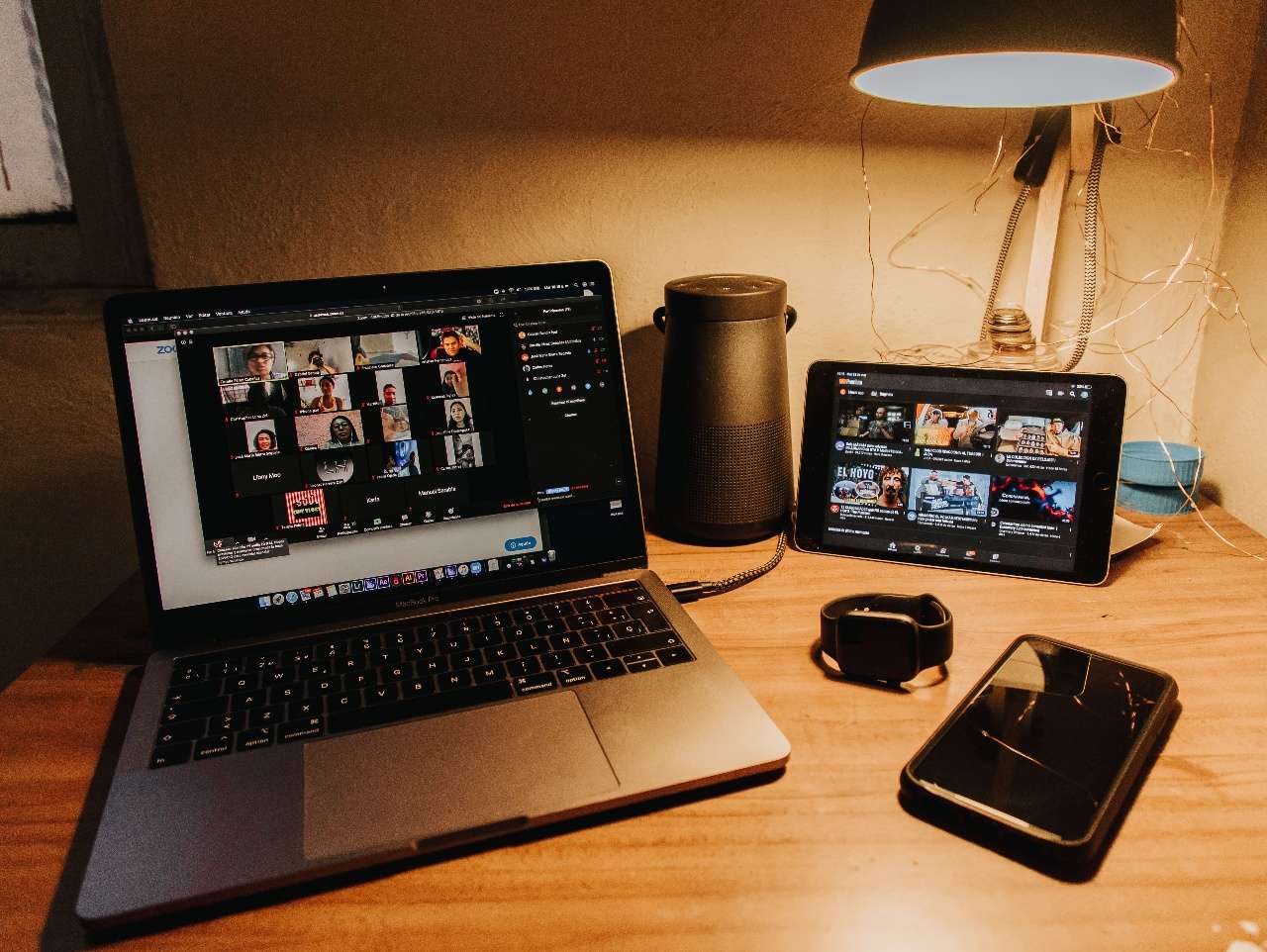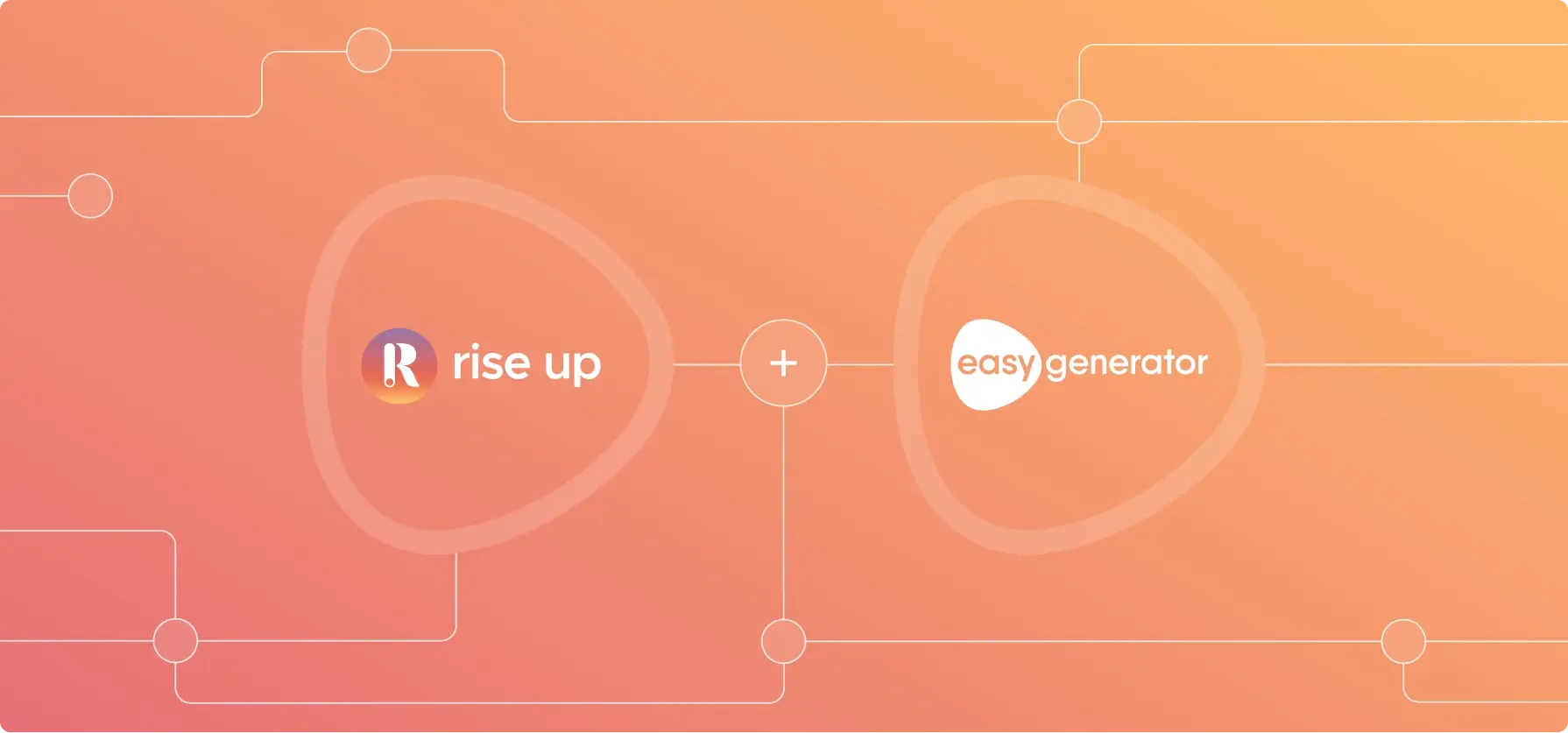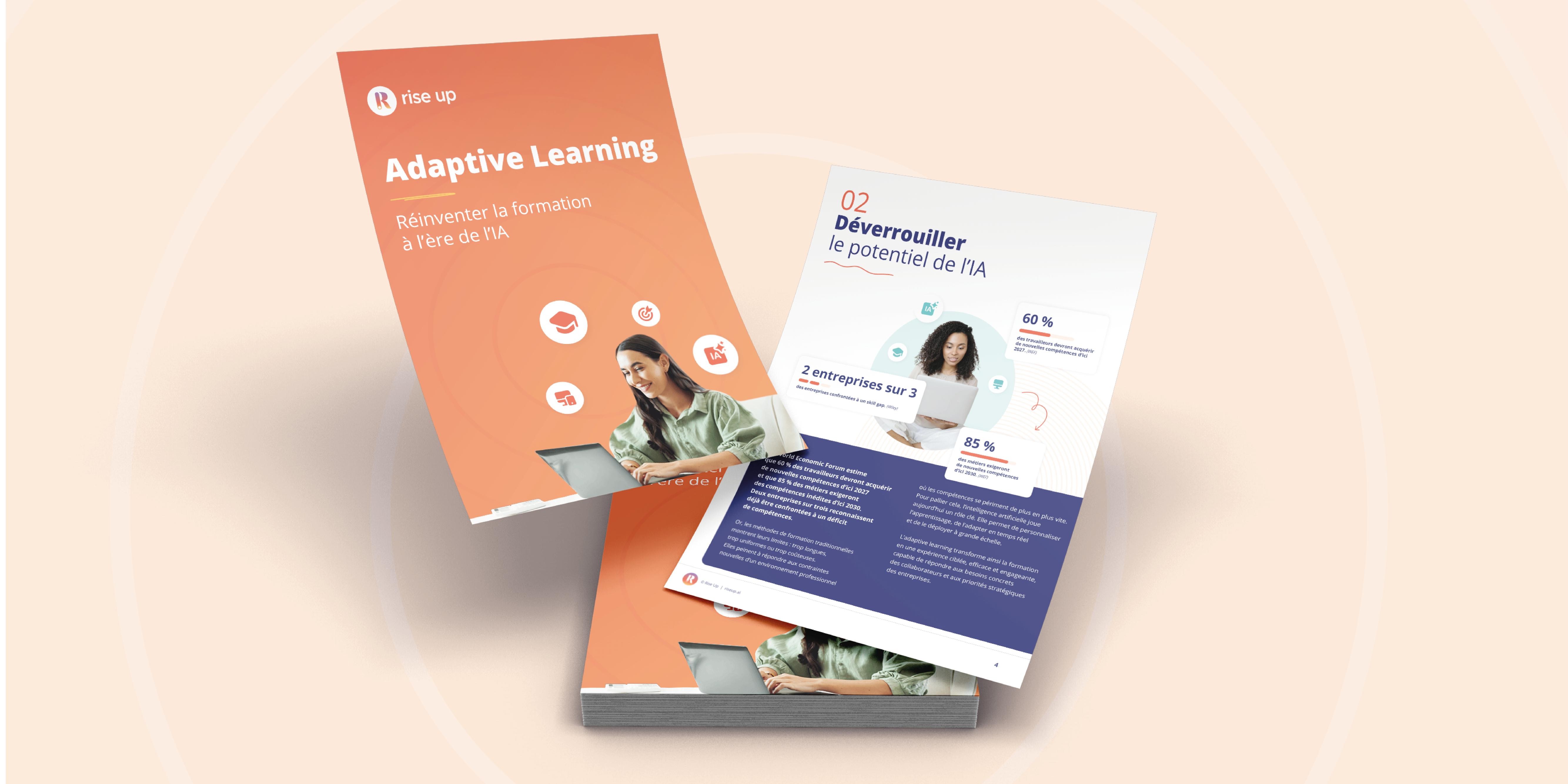E-learning: why virtual classrooms are the new training imperative
7 minutes of reading | 2020-11-06
The virtual classroom is not a new medium but it remains an asset in your training courses. Among the advantages: flexibility, proximity and accessibility.
“Virtual classroom”
While the term may seem futuristic, its definition is simple: to bring together geographically distant individuals on the same platform, where they will be able to follow a distance learning course via videoconferencing systems.
This tool is not new, and yet, today more than ever, it is more than ever a question of its integration into the training process. At a time when many individuals no longer wish to spend a set amount of time on training, it is nevertheless essential to maintain key stages of social interaction during the learning process.
Effective training can hardly be carried out individually: knowledge can only be acquired through information, but without the implementation of this information, a skill cannot be truly acquired.
Socio-cognitive conflict: the importance of social interaction
Socio-cognitive conflict is a psycho-social concept that arises when individuals find themselves in a situation of divergence. The interaction related to the confrontation of points of view promotes productivity and, subsequently, learning. The study by G.Mugny, J-C Giroud and W.Doise in their book "Experimental Social Psychology" reveals that the percentage of correct solutions is higher when a divergence is introduced within a group. This cognitive progress directly related to social peer interaction does not occur (or less) during individual work.
Thus, effective training can hardly be carried out individually: knowledge can only be acquired through information, but without the implementation of this information, a skill cannot be truly acquired.
This is why, planning virtual classes during a "classic" e-learning training (courses followed individually) is important to generate these situations of divergence and sharing of points of view.
ITS ADVANTAGES: BETWEEN FACE-TO-FACE AND VIRTUAL
The virtual classroom has many advantages for both the participants and the trainer. Here are a few of them:
- Flexibility: it is mainly geographical, as learners do not need to travel to participate in the training. It is thus possible to exchange with participants from all over the world, regardless of their position. Since a virtual class is generally shorter than a traditional face-to-face session, it is much easier to integrate into one's schedule, since there is no travel time to take into account.
- Interface: it integrates games and quizzes that increase learner motivation and encourage immersion, while using the codes of a "real" class: board, "raise your hand" action, etc. It brings a real dynamism to the course.
- Proximity with learners: although they are not physically in the same room, learners can communicate in the same way with the trainer. In a "classic" e-learning course, each learner follows the course on his or her own, without interacting with the trainer or the other participants. The virtual classroom recreates the same conditions as a classic classroom, with many additional features.
- Possibility of re-viewing the course: a recorded course is an opportunity for the learner to go back over certain notions, but also for the absent potential to be able to access the course easily and quickly, without being delayed..
- Disappearance of the physical hierarchy: in a classical classroom, the participants are seated, while the lecturer-lecturer usually stands facing them. The virtual classroom completely abolishes this hierarchy, since everyone is equal behind the screen. The trainer integrates the real role of facilitator.
In short, the virtual classroom is a true hybrid format, between e-learning and face-to-face, which makes it possible to abolish traditional teaching methodology in favour of transversal methods based on exchange and interaction.

Good practices for its success
The main mistake is to think that a virtual class is set up in the same way as a face-to-face session. However, the support is quite different, as well as the organization. Here are a few tips for running a virtual classroom and avoiding the fiasco.
Tool training
The first thing to take into account when starting the virtual classroom is that trainers and other users are not familiar with the tool on which the sessions will take place. This requires prior support in order to make the trainers fully autonomous in fine, on the technical but also pedagogical aspects.
A reasonable number of participants
Overcrowded classes are not pleasant for either the trainer or the learners. With the virtual world, it is easy to be tempted to increase the number of students since in theory everyone stays at home.
However, it should not be forgotten that the virtual classroom aims to be interactive and to mobilize the learners! If we want the session to be effective and really benefit everyone, the ideal is to set up classes of about ten participants. Beyond that, beware!
Good time management
Again, take into account the time lost before actually starting the course: waiting for everyone to be properly synchronized, with the possibility of a connection problem etc.
The ideal would be to ask learners to log on to the platform about 15 minutes before the start of the course, to give everyone time to be ready. Ideally, allow no less than an hour. However, after an hour and a half, you are likely to lose their attention..

Adapt your pedagogy
If the learner's attention is difficult to get in the classroom, it is more the case in a virtual classroom. Not being in the physical presence of the trainer and the other participants, it is all the more difficult to capture and, above all, maintain his or her attention.
To do this, it is imperative to forget the purely top-down pedagogy: the trainer delivers the course without engaging the participants and without putting it into practice. On the contrary, the course takes the form of an exchange. In the same way, the content will be more condensed in order to get to the essentials.
Interaction is the key word
As discussed in the previous points, interacting with participants is paramount in a virtual classroom. Why is this so? Because it is the place where the transition from information to training takes place.
Learners have acquired information during e-learning courses: they have been made aware of the subject and have started to collect knowledge. However, the practical application and confrontation of the exchanges that really concretise the learning must take place during these virtual classes. Favour quizzes, brainstorming and debates, which encourage this..
The two highlights of a virtual classroom
First of all, a demonstration phase. The trainer will provide more theoretical content, or explanations, which will have been seen beforehand by each of the participants during their individual training. We will privilege very visual content to illustrate the remarks (videos, images...).
Afterwards, the main phase, called "participative", will allow each participant to ask questions, to practice, to exchange, and thus to leave aside the purely informative and very formal aspect.
The learner at the centre of the training
Your main objective is to train the learner and provide them with a skill. You must therefore put yourself in his place, even if it means taking more time to set up your session. How would you have liked to follow such a training course? With what content?
Don't hesitate to practice: there is nothing worse than a trainer delivering a course without any structure. You will be lost, so will the learners. It's obvious but very important: the trainer should not be the only one with a camera and microphone! Many training courses are done this way, leaving the participants in the background. This is the best way to lose their attention and motivation!
To find out more, find out how to organise a virtual classroom right here
The virtual classroom today
Today, the strong desire for independence among the younger generations is leading to a boycott of "long" and focused sessions, in favour of micro learning. The latter is very attractive and promises fun training, when and where you want. Yet, as we saw in our first part about socio-cognitive conflict, learning and skills development is impossible without interaction, and in a few minutes a day.
Companies and training organisations now have a real challenge: to lay the foundations of training and raise awareness among young people about learning through exchange and confrontation of points of view.
TO CONCLUDE
- The virtual classroom is a good compromise between face-to-face and distance learning. Learners and trainers meet during a session to put into practice exercises and exchange ideas without the disadvantages of face-to-face training (travel, room rental, etc.).
- Exchange and interaction between learners and trainers is essential during a virtual classroom. Attention is more difficult to capture through a screen.
- The best possible combination for a relevant and dynamic virtual classroom is to start with a little theory and continue with practice. Virtual class interfaces also allow you to add fun content (games, quizzes...).






